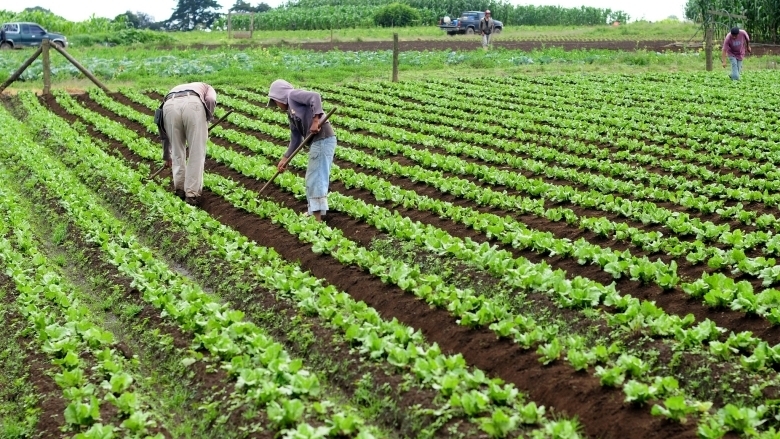The agrologistics system, as a whole, refers to the infrastructure, machinery, services and information systems that enable the movement of agrifood products from farm to fork, both within countries and internationally.

As described in a recent World Bank report, such an efficient system can contribute to green, resilient and inclusive development outcomes, such as healthy diets, lower carbon and water footprints, climate resilience, high quality jobs, as well as market participation and profits for family farmers.
However, agro-logistics systems in Northern Central America have historically performed poorly, compounded by low agricultural productivity, lack of innovation, limited financial inclusion, and high climate vulnerability.
On the policy side, a gradual transition from agricultural support to public goods and services has been shown to have the potential to generate multiple benefits for robust economies, people and the planet.

In terms of agrologistics, this would mean a combination of the following:
Up-to-date and systematic collection of agricultural and food data. According to the World Bank, the latest agricultural censuses in all countries such as Guatemala, Honduras and El Salvador are at least 15 years old and agricultural surveys do not include agrologistics information.
Strengthened agricultural innovation systems. Multiple-benefit objectives should be explicitly mentioned in public policies and programs for the generation and transfer of agricultural technology; closer coordination should also be established among the region's various agricultural innovation centers.

Expand access to laboratories and food quality testing. Providing better articulation, quality and speed of food quality testing and certification will make agrifood value chains more efficient and reliable, improving product safety and market access for family farmers.
Effective inter-sectoral dialogue. Coordination with the transport sector for the operationalization of national logistics plans will promote insertion and connectivity.
Simplification of cross-border processes. Simplification of controls and inspections of agricultural products would increase the efficiency of food trade and promote regional integration, ensuring that small farmers can benefit from high-value export opportunities.
Translated by: A.M
 English
English  Español
Español 
